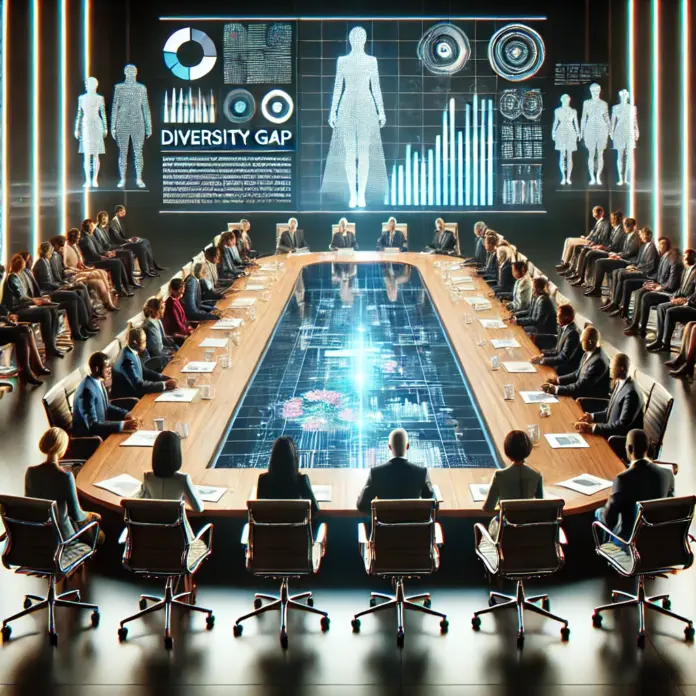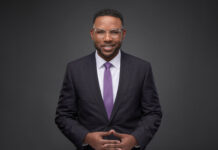Diversity and inclusion are buzzwords in corporate territory in recent times. The corporate world has had its fair share of talk about establishing diverse workplaces, but as of October 2023, there are more empty claims made than changed policies. Despite the statements and declarations, progress on diversity has proven slow and the gap between what builders claim and what they are going to do is becoming clearer. Here’s why CEOs are missing the mark on diversity and what is needed to correct it.
The Diversity Disconnect
And while many CEOs say they want diversity, the reality is different. A 2025 report from the Global Diversity Institute found that just 20% of Fortune 500 firms have meaningful levels of diversity in their leadership ranks. This divergence of words and actions is the real problem.
One such reason is that diversity work is often considered a box-ticking exercise rather than a strategic business imperative. Companies might hire a small number of employees from underrepresented groups or spend some time on diversity training, but, more often than not, these efforts face little in the way of decisive follow-up that would lead to meaningful changes to company culture or policies.
Also read : Russia Fines Google for YouTube Video on Soldier Surrender
Part I: The Business Case for Diversity
Business leaders frequently cite the business case against diversity, noting studies that show diverse companies are more innovative and profitable. While yes, this is true, reducing the argument to the financial benefits ignores the larger issue. Diversity isn’t just about boosting the bottom line — it’s about building a fair and inclusive workplace where all have an opportunity to thrive.
Munoz and Peters wrote: “In 2025, companies that treat diversity like a marketing tool instead of a moral imperative are in for a world of hurt. Employees, customers — even investors — are growing frustrated with the lack of progress from companies. Social media campaigns, such as #DiversityDoneRight and #InclusionMatters, have urged CEOs to go beyond the platitudes and take action.
The Role of Leadership
Top leadership commitment is one of the greatest barriers to diversity. Even as many corporate leaders proclaim their commitment to diversity, few will make the hard choices that need to make a difference. This includes tackling unconscious bias, reforming hiring practices, and holding leaders accountable for achieving diversity goals.
Seventy percent of employees believe their CEOs are not doing enough to promote diversity, according to a 2025 survey by the Corporate Leadership Council. “Diversity doesn’t matter if it isn’t put into action,” said one respondent. “We want leaders who challenge the status quo and make real changes.”
The Tokenism Problem
You also have tokenism, when companies hire or promote a very small number of people in underrepresented groups so they can pretend to be diverse. While this might sound good on paper, it does nothing to solve systemic problems or foster true inclusion.
In 2025, employees and advocacy groups are calling out tokenism more than ever. “Just because you hire one woman or person of color doesn’t mean your company is diverse,” said Maria Gonzalez, a diversity consultant. Real diversity gap means building a culture where every employee feels appreciated and has the opportunity to succeed.
The Lack of Data Transparency
Abundant companies do not even monitor and report diversity metrics, complicating it to evaluate progress or ask leaders to account.
You can’t say whether diversity initiatives are effective or where they’re failing without data. “You can’t manage what you don’t measure,” said Dr. James Carter, who specializes in diversity issues. “Companies should be open about their efforts and have ambitious but achievable targets.”
Also read : Judge Blocks TRO Bid Against DOGE & Trump-Backed Policies
What Needs to Change
To catalyze movement from words to action, the CEOs must take decisive and active steps toward diversity. Here’s what they can do:
Modeling Behaviours — CEOs are influencers, be it at the industry or company level. Such as setting diversity gap targets, holding leaders accountable, and participating in diversity efforts.
Invest in Diversity Training: It is important for all employees, particularly those in senior leadership positions, to receive unconscious bias and diversity training. But training is never enough, and addressing bias and supporting inclusion must follow.
Overhaul Hiring Protocols: Businesses should examine their hiring protocols to make sure they are equitable and inclusive. This includes implementing blind recruitment techniques, widening talent pipelines, and setting diversity targets.
Encourage Diverse Leadership: Diversity begins at the top. Fewer barriers: Successful companies emphasize promoting people of color, women, and other marginalized groups into leadership roles so that their insights are taken into consideration in high-level decision-making.
Use transparency: Invited companies to measure and disclose their diversity gap metrics, such as representation, pay equity, and employee satisfaction. Transparency instills trust and holds leaders accountable.”








